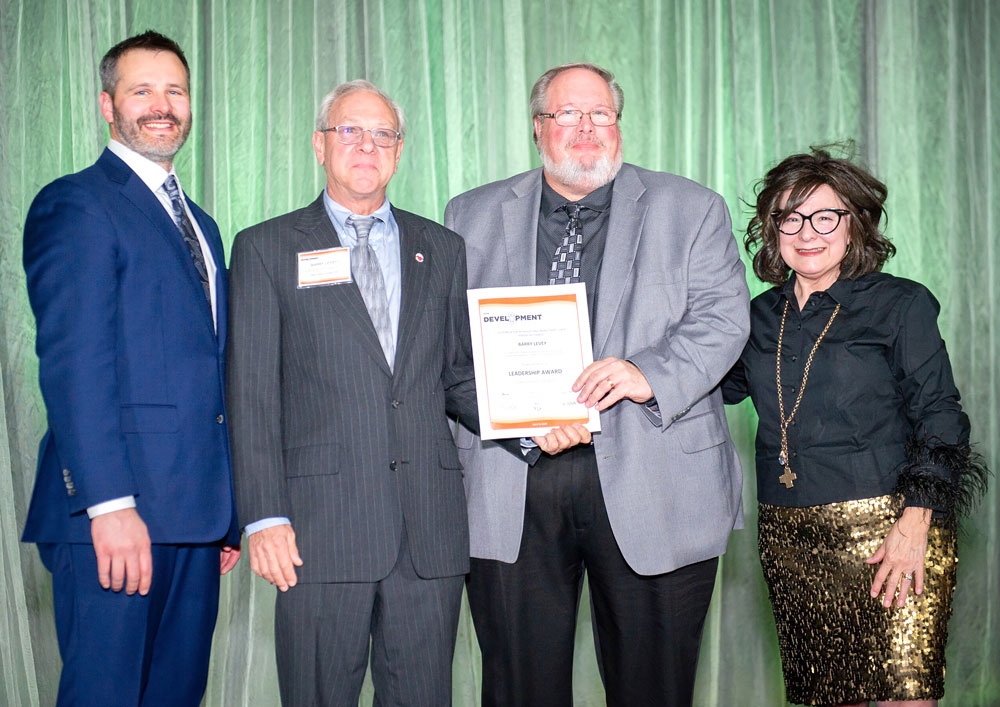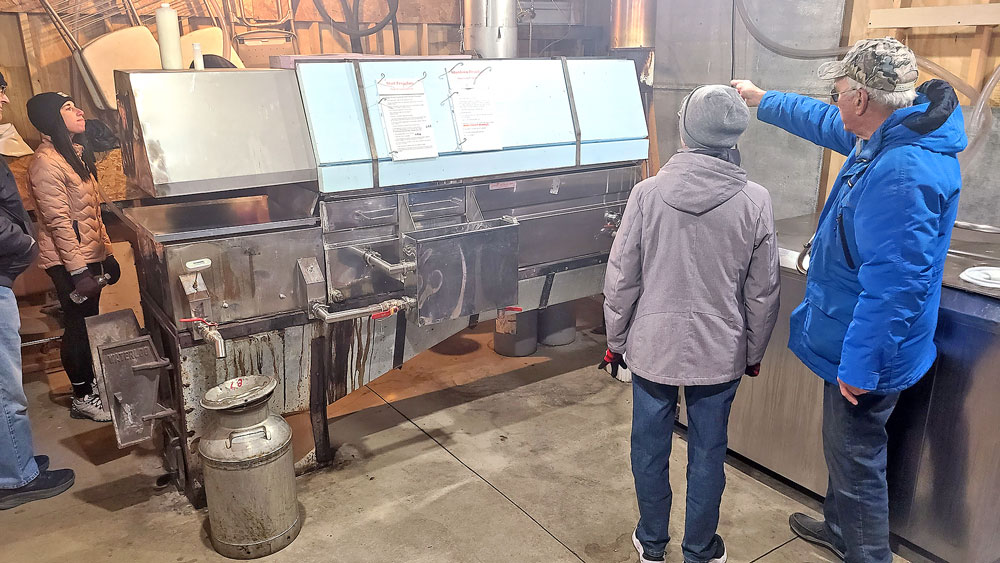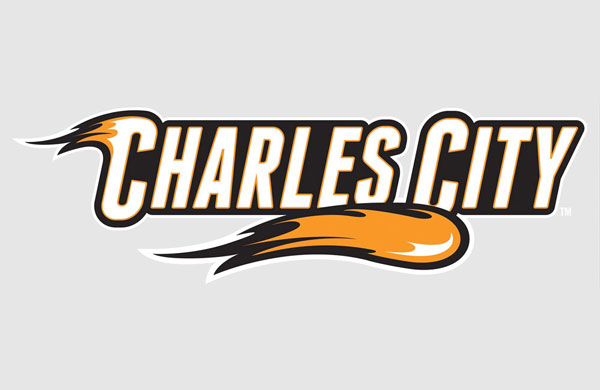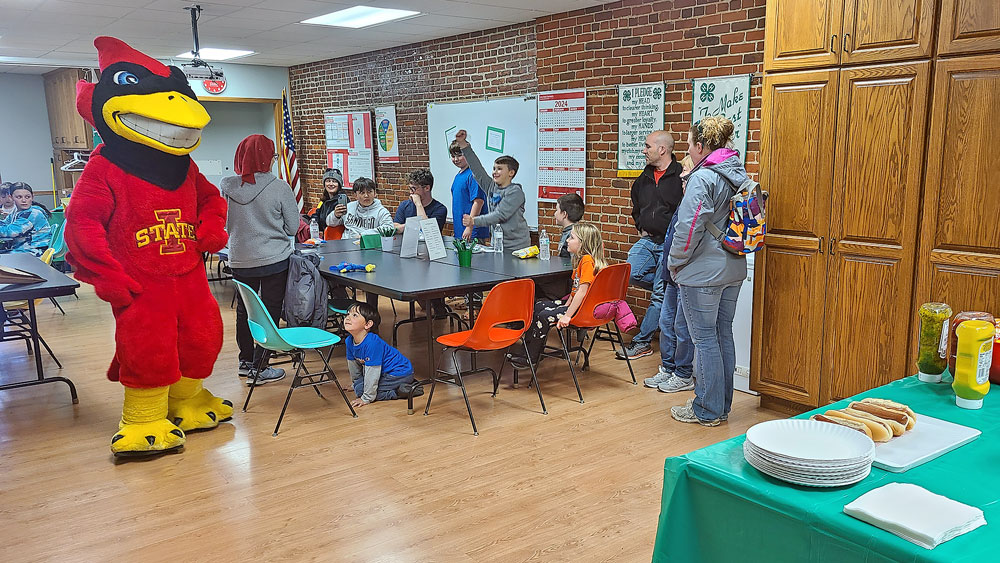Charles City area schools waiting to see how ‘school choice’ law impacts them

By Travis Fischer, tkfischer@charlescitypress.com
“School choice” is now the law of the land as the Iowa Legislature passed a high profile bill that dramatically changes how the state funds education.
On Tuesday, Gov. Kim Reynolds signed House File 68, the “Students First Act,” into law, completing her long-standing political goal to opens public education funds to students who use nonpublic options.
Starting this year, parents of qualified students will be able to apply for an “education savings account payment,” which will grant them an amount of money equal to the per-pupil funding that their public school would receive. For the first year, that means $7,598 in state money that can be used to pay for private tuition and other qualified educational expenses.
Along with tuition and fees for nonpublic schools, “qualified educational expenses” also encompasses a range of other educational costs, such as textbooks, software, test fees, and educational therapies. The money, however, cannot be used to pay for transportation costs, food, clothing, or disposable materials such as pencils and paper.
Locally, area schools, both private and public, are waiting to see what practical effects the new law will have on their operations.
“I’ve read about it, I’ve heard a lot about it, but I don’t know what it really looks like for us,” said Pastor Paul Phillips, principal of Gospel Lighthouse Academy in Floyd.
Gospel Lighthouse Academy is a private Christian school that has operated for 35 years in Floyd as a school for the children of its fellowship. Phillips says that the new state program would easily cover the annual tuition payment that parents have previously been paying out-of-pocket.
“I can see where it would benefit a lot of families in a lot of schools,” said Phillips.
While the program will be a financial boon for the families that already send their children to the school, Phillips doesn’t anticipate any major changes or expansions that would allow them to accept more students.
“We’re just a small little thing,” said Phillips. “We run anywhere from 50 to 60 students every year. We don’t have room for any more, really.”
Likewise, at Immaculate Conception Elementary School in Charles City, Principal Laurie Field says they are waiting to see how the new program will affect them. For instance, there are still unanswered questions about how the education savings account payments will interact with other forms of financial aid that students may qualify for.
“What I’m hearing from our archdiocese is that’s something that’s still under review,” said Field.
Immaculate Conception is a private Catholic school that teaches 194 students in the pre-K through 6th grade. Operating through a combination of tuition, church subsidy, and fundraising, the school is exploring what the new law means for it.
“We are working on a spreadsheet right now on what that would look like for expanding,” said Field.
While welcoming new families who decide that Catholic school is a good fit for them, Field notes that the school still intends to maintain its relationship with the Charles City public school.
“We’re raising Wildcats to be Comets,” said Field, referring to the mascots for IC School and Charles City public school.
As for Charles City’s public school itself, the impact of the new program also remains to be seen, though there are concerns about how it will effect enrollment.
When Charles City students choose other options such as private school, home schooling, or open-enrolling to another public school district, the Charles City district loses that per pupil amount from its general funding. This new program will make private school a more financially viable option for families that otherwise could not afford it.
“It could present some challenges if we do lose students,” said Charles City School Superintendent Dr. Anne Lundquist. “Every time 10 students leave, that equates to approximately $75,000.”
Earlier this week, the Charles City school district was forced to make significant reductions to its upcoming 2023-24 school year budget in order to compensate for declining enrollment. The loss of additional students, no matter the reason, will create similar challenges for the district as it figures out how to get by with less state funding.
“Whether there are 12 students in a class or 22, we are still responsible to provide programming in all required areas,” said Lundquist. “This could be a challenge, but I often say a challenge is nothing more than an opportunity to do things better.”
The new law does provide for some additional funding for public school districts that may soften the potential losses to their general fund.
In addition to the district’s general fund allotment, the state also provides school districts with numerous categorical funds. Schools receive supplement funding that goes towards teacher salaries, professional development, early intervention, and teacher leadership programs.
The new law will adjust the formula that determines how much school districts receive for these supplemental programs to factor in students in the district that receive an education savings account payment. It will also allow for unspent categorical funds to be transferred into a flex account that districts can use for more broad purposes.
According to Gov. Reynolds, districts will receive approximately $1,205 in additional categorical funding for every student that lives in the district who receives an education savings account payment.
While the law will provide new funds to the district for existing private students, the ultimate impact will depend on how many students opt to use the program to enroll out. In either case, Lundquist said, the Charles City school district will continue to work to build its academic and extracurricular offerings.
“As a strong supporter of public schools and the equity that public education provides, I’m committed to continuing to support the excellent progress that we’re making at Charles City Schools in both academics and activities,” said Lundquist. “I am confident we’ll meet the challenge as an opportunity and be able to provide quality programming for our students.”
The state education savings account payment will be available immediately for any current public school student or incoming kindergarteners who choose a private school.
For those already attending a nonpublic school, qualifying students will be phased in over three years based on income. For the 2023-24 school year, current nonpublic school students will be eligible for an education savings account payment if their household’s annual income is below 300% of the federal poverty level. This means, for a family of four, students in a household with an income of $83,250 or less would immediately qualify.
In 2024 that income threshold will be raised to 400% of the federal poverty level.
All incoming K-12 nonpublic students will be eligible in 2025.
To receive the funds, parents of eligible students must submit an application to the Iowa Department of Education between Jan. 1 and Jun. 30 the preceding school year. Once approved, the state treasurer will create an education savings account for the student, which will receive a payment on July 15 (or later, depending on the date of application submission) equal to the per pupil funding for that school year.
Education savings account payments will only be approved for one school year at a time. Applicants must re-submit annually for subsequent years. Unspent funds in the account will remain in the account until the student becomes ineligible for the program. Once the student graduates high school or turns 20 years old, whichever comes first, any remaining funds will be deposited into the state’s general fund.
Private schools that accept students who pay for their tuition using funds from their education savings account will not be under any additional regulations from the state. The law expressly states that nonpublic schools will not be considered “agents of the state” nor will state entities be able to impose regulations on nonpublic schools in order to receive payment.
That said, each pupil participating in the education savings account program will still be required to take all state and federally mandated student assessments.









Social Share